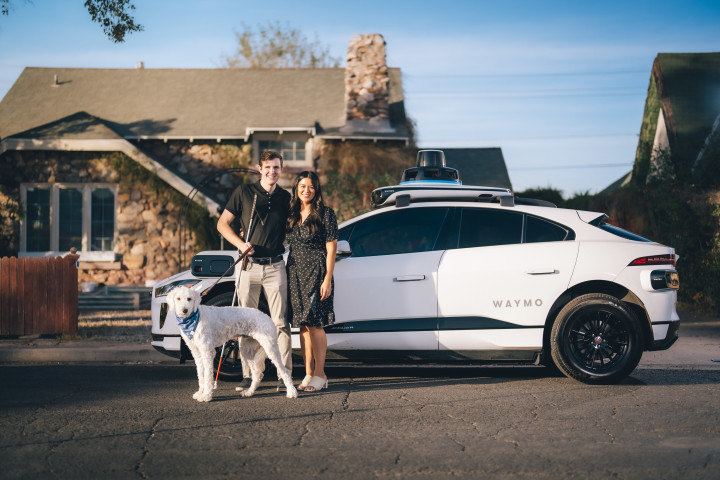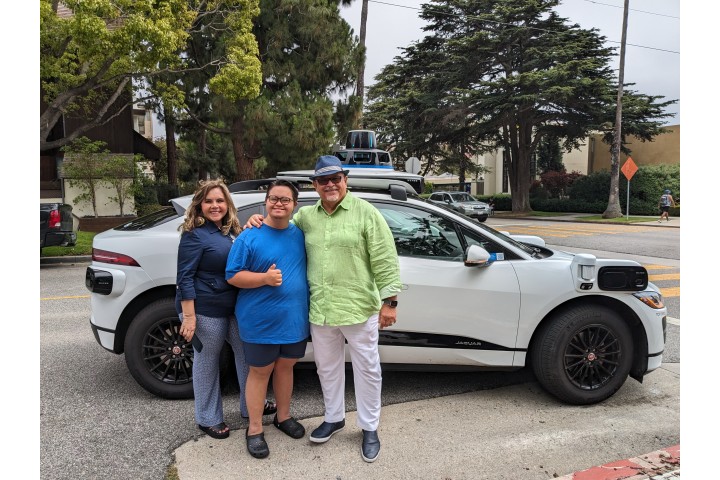Brennan has epilepsy. Here's his perspective on the future of autonomous driving.
Play VideoRead
Brennan's Story
Brennan Feldman, a 23-year-old film student at Arizona State University, was 8 years old when he learned he has epilepsy. A lot can happen in a span of eight years -- two rounds of presidential terms and four Olympic games -- but for Brennan, receiving his diagnosis meant he would experience the world in new, innovative ways and with a new sense of purpose.
“Being someone who has epilepsy allows me to see in ways that others might not be able to; it has helped me with everything from poetry to school assignments as well as my aspirations to be a movie director and write my own scripts,” says Brennan, who has advocated on behalf of the epilepsy community for 15 years.
A Misunderstood but Common Brain Disorder
Epilepsy is the most common brain disorder worldwide with no age, racial, social class, national or geographic boundaries. According to the Epilepsy Foundation, 1 in 26 people will be diagnosed with epilepsy, and 1 in 10 will experience a seizure during their lifetime. The World Health Organization estimates 50 million people worldwide have epilepsy.
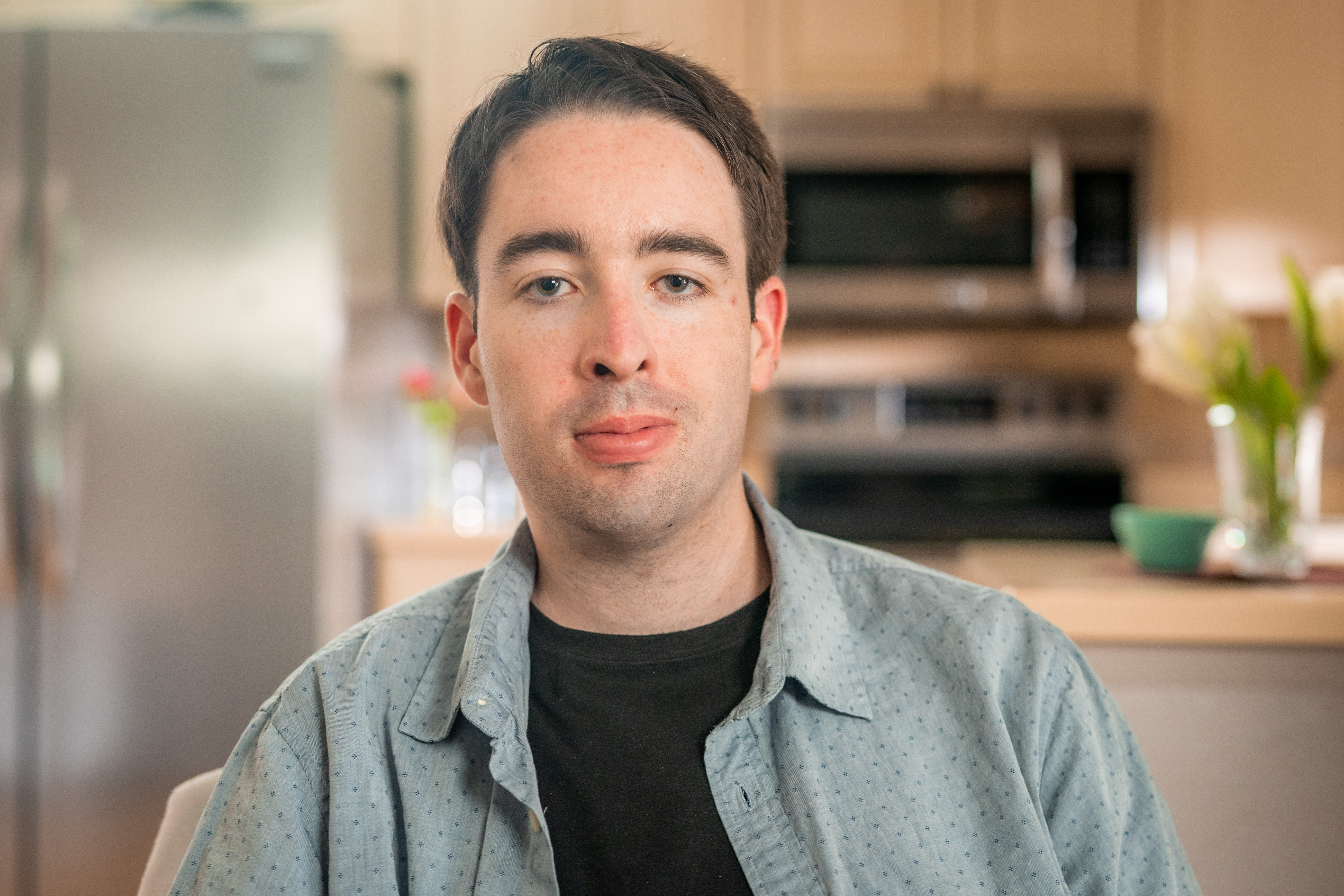
Did You Know?
Epilepsy is one of the most common brain conditions, affecting 1 in 26 Americans. – Epilepsy Foundation
While common, few non-medical professionals or people outside of the epilepsy community understand the symptoms of epilepsy, which is the underlying tendency of the brain to produce sudden abnormal bursts of electrical energy that disrupt other brain functions and cause seizures. There are several types of seizures, and the sheer number of symptoms can make the condition difficult to diagnose.
Speaking Up for The Epilepsy Community
After his diagnosis, Brennan began attending Camp Candlelight, a summer camp hosted by the Epilepsy Foundation in Arizona, which showed him how diverse the epilepsy community is. He felt empowered to make a difference for people who have epilepsy, and at the age of 10 began fundraising, volunteering and he even traveled to Washington DC to meet with legislators.
Brennan, now a college student, is part of an Epilepsy Foundation program in Arizona that connects volunteers with adults who have been newly diagnosed, giving them tools and strategies to function day-to-day.
“They don’t know how they’re going to go from not having epilepsy to having epilepsy,” Brennan says. “I’m part of a group that helps them adjust.”
Living With Epilepsy
Allie Anderson, executive director of community partnerships for the Epilepsy Foundation in Arizona, says that many people newly diagnosed with epilepsy may face major changes to their way of life. They may no longer be able to ride a bike, take a shower by themselves, or work as they did previously.
“Anyone who wants to be able to do the things [independently] that we all take for granted – go to the grocery store by yourself, meet a friend, go to a concert – those things can be taken away from them with an epilepsy diagnosis,” Anderson says.
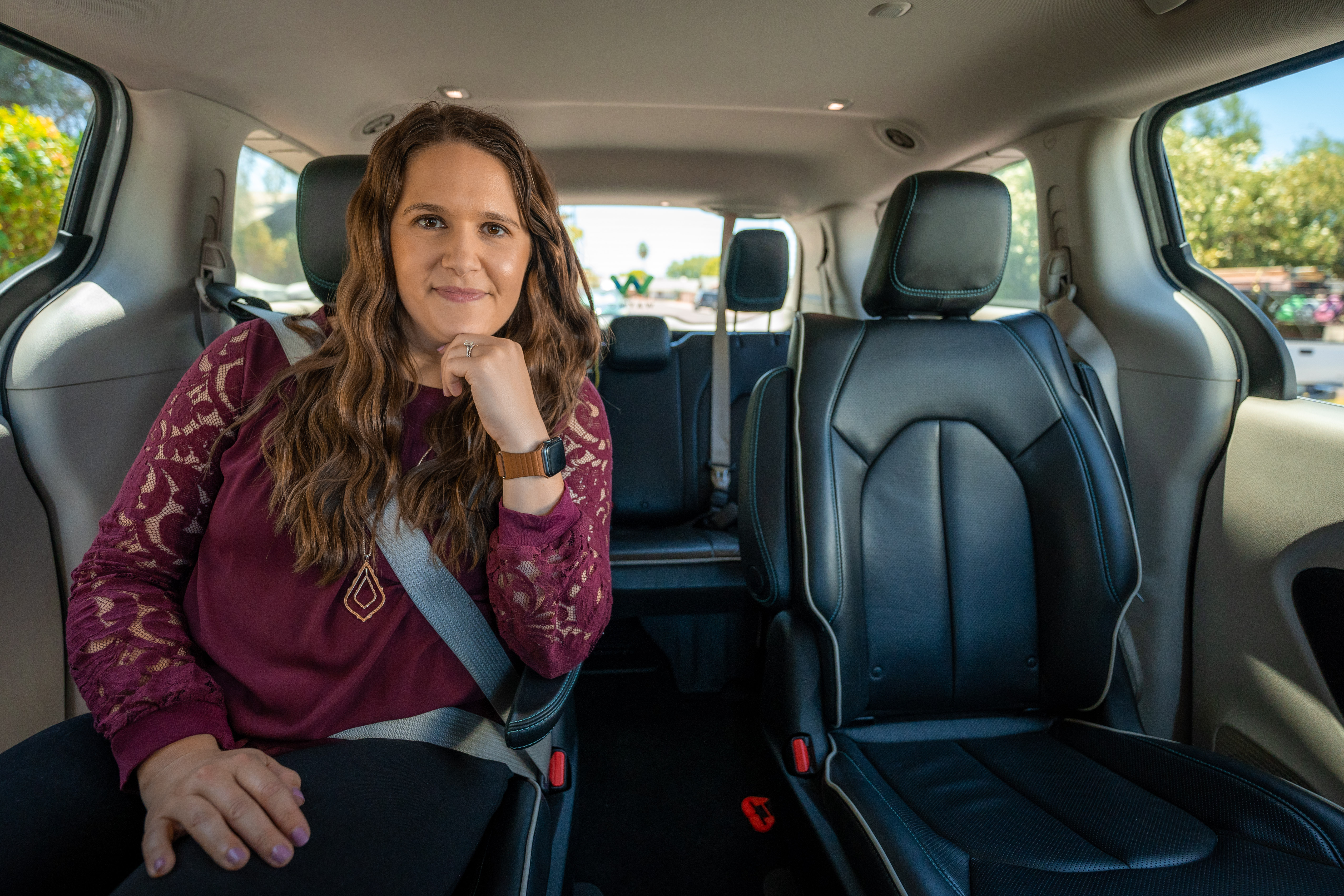
Did You Know?
1 in 10 Americans will experience a seizure in their lifetimes. – Epilepsy Foundation
The Epilepsy Foundation is a nonprofit organization leading the fight to overcome the challenges of living with epilepsy. The Epilepsy Foundation connects people to treatment, support and resources; leads advocacy efforts and funds innovative research.
Dr. Susan Herman, MD, a leading neurologist focusing on epilepsy and seizure disorders in Phoenix and a national advisor on epilepsy care, explains that the unpredictability of seizures is part of what makes them difficult to plan around.
“Seizures come out of the blue,” Dr. Herman says. “They can happen when people are at work, when they’re standing on the subway platform waiting for the train, when they’re driving… it can really limit what people do on a day-to-day basis.”
In Arizona, a person diagnosed with epilepsy must go three months without a seizure before they can legally drive, and in some states, that designated time period is even longer.
“It’s very difficult, as a physician, to sit with a patient and tell them that they’re not allowed to drive. [...] Thinking about a world where I don’t have to have that conversation is a world I’d like to see.”
Dr. Herman says she and her medical colleagues are tasked with balancing safety and independence in driving, acknowledging that for those who are not able to control epileptic seizures with medication, losing the ability to drive, even temporarily, can be among the most difficult issues to manage.
“Several surveys have been done for patients with epilepsy asking what affects their quality of life, and at the top of that list, every time, every survey, are lack of independence and inability to drive,” Dr. Herman explains. “The loss of independence, the inability to do social activities, the inability to hold a job can be incredibly isolating.”
“The loss of independence, the inability to do social activities, the inability to hold a job can be incredibly isolating.”
Brennan says he tries not to let his epilepsy get in the way of daily tasks, but not being able to drive limits his independence.
“I am someone who wants to be independent in my day-to-day living,” Brennan says, adding that it can be a real struggle if he always has to rely on someone else for a ride. “It almost eats away at my sense of pride and wanting to be self-sufficient.”
Epilepsy Advocates Hopeful About Potential of Autonomous Driving Technology
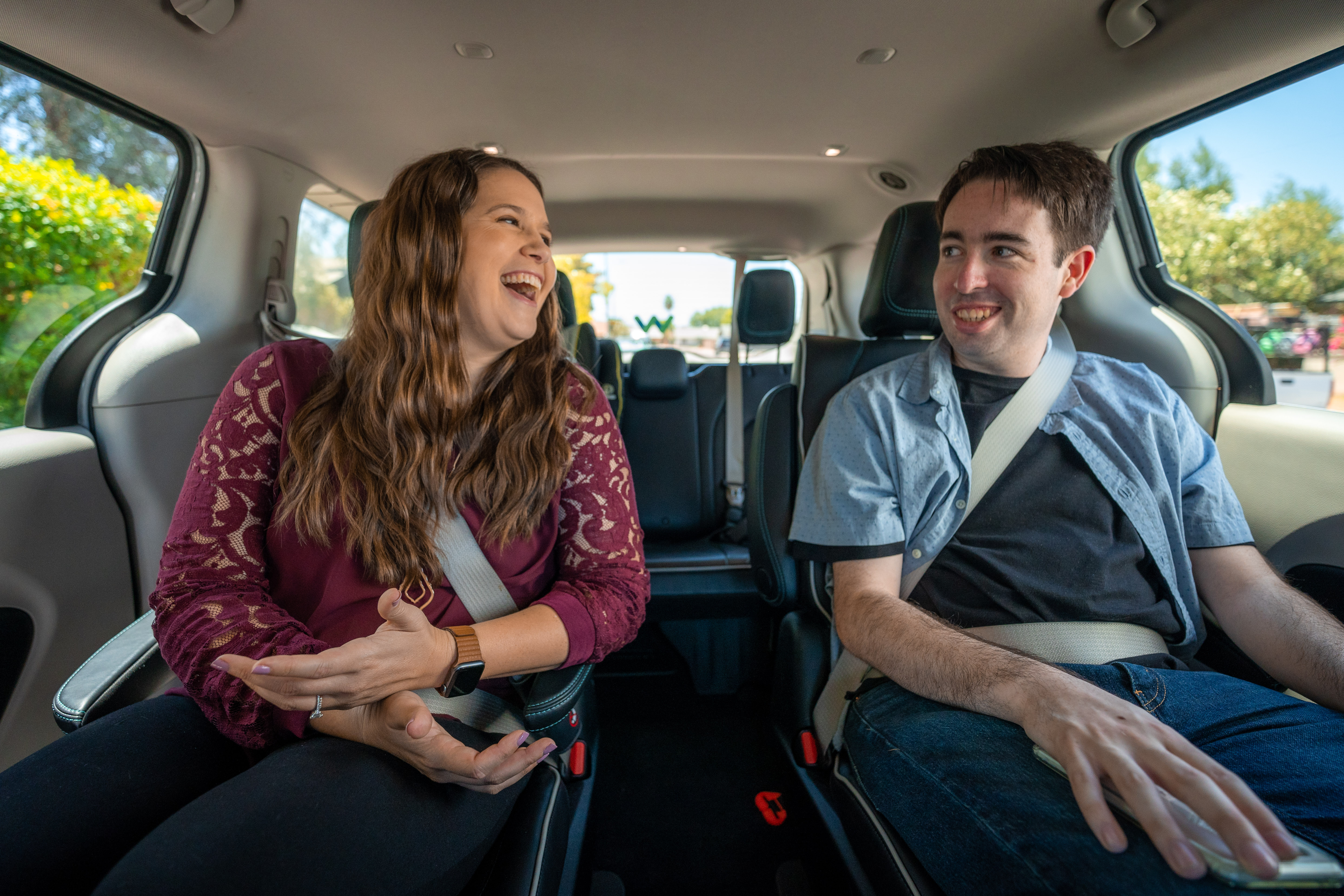
The Epilepsy Foundation in Arizona and the Epilepsy Foundation of Northern California are partnering with Waymo, which operates a fully autonomous ride-hailing service in the Phoenix East Valley, to understand how fully autonomous driving technology could help people independently get from point A to point B.
“Most of the time, adults with epilepsy can’t drive a car or use public transit, that’s why it’s important that we provide options for them so that they can get to places, including doctor appointments,” Anderson says.
Brennan agrees.
“A lot of adults, after getting epilepsy, realize driving is going to be a major issue,” Brennan says. “I think autonomous vehicles will be very helpful getting back to work or back home or to a friend’s.”
Anderson says the technology could also eliminate the difficult conversations people with epilepsy sometimes have with public transit drivers and others.
“Getting into an autonomous vehicle and having the opportunity to not have to say that [‘I have epilepsy’] to somebody, that’s life changing… that’s game changing for the entire community.”
Anderson and Brennan were able to experience autonomous driving technology firsthand when they took a ride with Waymo.
“Being able to look out the window and just think the vehicle that I’m in knows where everything is… I would definitely tell my friends it was a nice experience,” Brennan says. “Going out on my own feels like less of a pipe dream.”
Building a Technology For the Whole Person, For The Whole Journey
Designing a driver to transport human beings means designing with humans...with all their neuro-diversity...in mind. That’s why Waymo is looking to people like Brennan, Anderson, and Dr. Herman to understand their unique perspectives and experiences.
“We are excited about the Waymo partnership and their interest in helping to better serve our community on the road,” Anderson says.
Making technology accessible and useful is not only about engineering, it is also about considering human nature and needs, and exploring possible human-machine interactions.
“Epilepsy is a disorder that affects the whole person,” Dr. Herman says, adding that over the last few years, physicians and institutions across the entire spectrum of care are moving toward team-based care of people with epilepsy. “The only way we’re going to make people’s lives better is to look at the whole person.”
She says that the same approach can be applied to integrating technology into the fabric of people’s lives, accounting for their many different needs.
“It’s not just about [a technology] driving the car,” Dr. Herman says, adding that a journey is about getting to the car, being in the car, getting to one’s destination, and helping people with epilepsy feel safe along the way. “I think that’s really what we need to do right now.”

